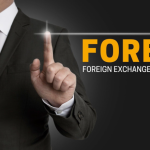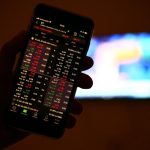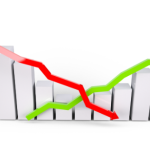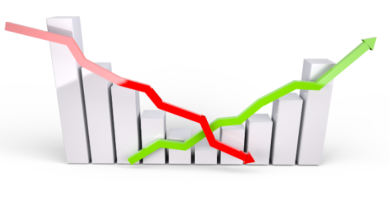Fundamental Advantages: Trading In Commodity ETF
Fundamental Advantages: Trading In Commodity ETF
Commodity exchange-traded funds (ETFs) have gotten a lot of attention recently, but you should learn all you can about them before investing. To help you better understand commodity funds, we’ve assembled the most commonly asked questions and a list of the current ETFs available on the market.
- Commodity ETFs: What Are They?
ETFs that invest in commodities, such as agricultural products, precious metals, and energy resources, are excellent options for investors who want to diversify their portfolios or who wish to reduce their risk exposure. The commodity etf, on the other hand, has a different structure than standard ETFs.
- The commodity ETF’s holdings
Most ETFs are made up of shares that are linked to a certain market index, industry, or area of the economy. The holdings of a standard exchange-traded fund (ETF) are based on a set of predetermined criteria. Contrary to popular belief, a commodities exchange-traded fund (ETF) is a unique investment vehicle.
A commodity ETF consists of futures contracts or asset-backed contracts. These contracts are a representation of the commodity and will keep tabs on its progress.
The Advantages of Commodity ETF Investing
- Returns on investment
Supply and demand, inflation, and the general health of the economy all have a role in determining the price of a particular commodity. Massive global infrastructure projects have raised demand in recent years, which has had a knock-on effect on commodities prices. In allied sectors, commodities have seen an increase in price as a result of the beneficial influence on stock prices.
- Possibility of inflation hedging
Commodity prices might rise as a consequence of inflation, which can cause swings in stock and bond values. Commodities have performed well during times of rising inflation, but investors should keep in mind that commodities are far more volatile than other assets.
- Investing with a wide range of institutions
With a well-balanced portfolio, you’ll get the best of both worlds. Having a well-diversified investment portfolio necessitates the inclusion of commodities. If you’re already investing in stocks and bonds, it’s a good idea to also put money into raw materials.
Commodities, like stock market shares, may fluctuate in value at the same rate. They have varying reactions to diverse geopolitical and economic circumstances. As a result, you may want to explore diversification to reduce risk and volatility.
- Openness in the workflow
Commodity etf trading is meant to be an open system. Because of the enormous number of people participating, you’ll eventually get a fair price for your product or service. In turn, this represents a greater range of people’s views and opinions about the product.
- Returns that pay off
Commodities are more risky investments if their liquidity is high. Either companies make a tonne of money or they lose a lot of money. In other words, if you invest well, you may reap enormous rewards from the commodities market.
- Protecting against market volatility
If the rupee depreciates, you’ll have to pay more to acquire commodities from across the globe. Due to investors selling off their equities and bonds to buy commodities, commodity prices rise as a result of rising inflation. Consequently, you can only profit from commodities that provide a kind of insurance against market volatility.
- The safest option when it comes to pricing stability and assurance.
When the economy is in a slump due to inflation, commodity prices often increase, which in turn raises the price of raw materials. As a result, you may expect to make money from a small number of commodities.
- Lower margin trading
Your broker requires a margin deposit of between 5 and 10 percent of the contract’s total value, which is quite low in comparison to other asset classes. Investing in the stock market may be done at a lower cost because of the low margins.
- Reduced costs
As opposed to mutual funds, ETFs, which are passively managed, have lower cost ratios than mutual funds, which are actively managed. Expense ratios are a result of what? Management fees, shareholder accounting costs, service fees like marketing, board of directors’ salaries, and load charges for sales and distribution are all examples of expenditures.
- Dividends that are immediately reinvested
Open-ended ETF dividends are reinvested right away, while index mutual fund distributions are reinvested at a later date.
- Lowering the discount or raising the cost
ETF share prices are less likely to rise or fall above or below their true value. ETFs trade at a price near to the price of the underlying assets throughout the day, so arbitrage will bring the price back in line if the price is much higher or lower than the net asset value. When it comes to ETFs, price discrepancies may be profitably exploited by the market makers, as opposed to closed-end index funds.
Conclusion:
A broad range of investors utilize exchange-traded funds (ETFs) to diversify their portfolios or get exposure to certain industries. They trade like stocks, but their price swings are more like those of broader assets or even whole indices. When compared to mutual funds, they provide a number of benefits.








